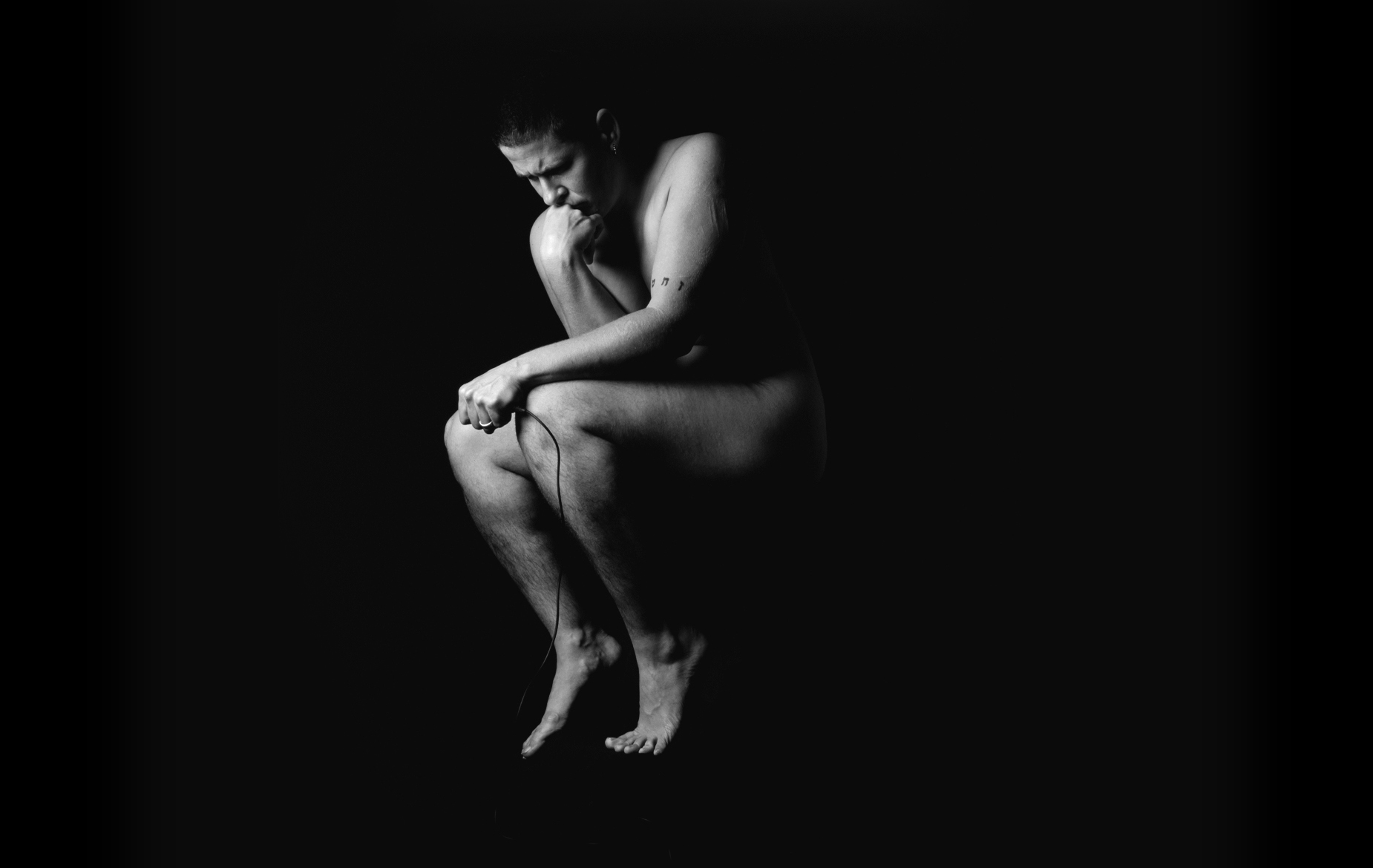In a settler-colonial society, we have a very solidified perception of what “counts” as worthy for recording. Systems of power proclaim a single story, asserting authority and superiority, setting the bar by which we are measured and found wanting.
As J. Halberstam says in The Queer Art of Failure:
Suspect memorialization. While it seems commonsensical to produce new vaults of memory about homophobia or racism… Memorialization has a tendency to tidy up disorderly histories… Memory is itself a disciplinary mechanism that Foucault calls a ‘ritual of power’; it selects for what is important (the histories
of triumph), it reads a continuous narrative into one full of ruptures and contradictions, and it sets precedents for other “memorializations.”1
QAF 2018’s curated visual art exhibition DECADEnce interrogates what we collectively choose to celebrate, exploring the marks that live beyond the page, numerical devices, and quantitative data.
2018 marked one decade of the Queer Arts Festival and two decades of the Pride in Art Society. To celebrate these milestone anniversaries, I chose the theme DECADEnce: a festival contemplating time, memory, decay, revisionism, disremembrance, erasure, re-reading, and the future of genders and sexualities. DECADEnce explored embodied vs. selective memory, intergenerational trauma, race, and lost histories—where we are, where we’ve been, where we are going.
Anniversaries provide occasions to revisit the collective herstories / theirstories / ourstories by honouring our trailblazing queer ancestors, the stories untold, the unmeasurable progress, visceral pleasures, tragic losses, the almosts, the pushback, the unnamed, the unmarked, the dead, the blood-sweat-and tears. We repeatedly perform a palimpsest un-layering, because our stories are erased over and over, but nevertheless, they persist. We uncover, expose, write anew — even as our stories keep getting erased. Resistance is important, not
because it changes anything but because it keeps us human. These marks continue to live
in and inform our actions and our reality to fuel discourses that challenge perceptions of success by sharing the stories of how we got here and what sacrifices and struggles it required.
For 20 years this organization has been a platform for the voices and visions of artists who challenge normative misconceptions in both art spaces and the greater society. This mayhem of hate, to the shock of all-realities-white, is just another Tuesday for the marginalia — those whose bodies have been stolen, pathologized, and outlawed. These marks are where we find joy, love, thrive, and create. They are how we feed our spirits and thicken our skins.
For this landmark edition of the festival, I invited Valérie d. Walker to curate our signature visual art exhibition, because she conjures a prismatic multidisciplinary multiverse of art activism that deserves to be more widely known. An Afro-Futurist, Trans-Atlantic diasporic rainbow Femme, Hawai’ian, African-Caribbean, Jewish trans-media artist extraordinaire, Valérie is a force of nature. Her vision of DECADEnce interrogated our rich history while spinning nacreous visions of possible futures.
This exhibition was orbited by a constellation of performing arts events including Jeremy Dutcher’s duets with the voices of his ancestors in Wolastoqiyik Lintuwakonawa; Lesley Ewen’s fantastic revisioning of the early years of multi-media provocateur Paul Wong in Camera Obscura (hungry ghosts); Erato Ensemble’s Skin and Metal tribute to seminal electro-acoustic composer Barry Truax; Lee Su Feh’s negotiation between the history in her dancer’s body and the history of the land she dances upon in Everything; and an encounter with queer art’s future with MACHiNOiSY’s PROX:IMITY RE:MIX.
Summoning names writ along our timeline, I thank Pride in Art founders Robbie Hong and Jeffery Austin Gibson, and QAF co-founder Rachel Iwaasa. You lift us up. We hold in our hearts Queer Arts Family members death has taken from us—Denis Simpson, Aiyyana Maracle, Laura Aguilar, Jim Deva, and my beloved wife Catherine White Holman. You are forever missed.
This exhibition and catalogue were a labour of love, to which a great many people contributed their energy and devotion.
I’d like to thank Valérie and the artists for contributing their work to this catalogue so that DECADEnce could live on. The exhibition was made possible through the generous support of the Vancouver Foundation, the Canada Council, Canadian Heritage, BC Gaming, the BC Arts Council, and the City of Vancouver. Thank you to our terrific partners at the Roundhouse, especially Marie Lopes for your tireless support. I’d particularly like to extend my personal thanks to QAF’s terrific crew, who went above and beyond to make DECADEnce a reality: particularly, Odette Hidalgo, Ben Siegl and Israt Taslim. Thank you; this catalogue could never have happened without your perseverance.
Decadence is often used disparagingly, to denote some kind of moral or social decline with lavish overindulgence. Queer that up and you get a serious voluptuousness, a rapturous languor, a luxurious indulgence, deliberate in ecstatic purpose.
That’s the idea. DECADEnce.
- Halberstam, J. (2011). The queer art of failure. Durham, NC: Duke University Press.
